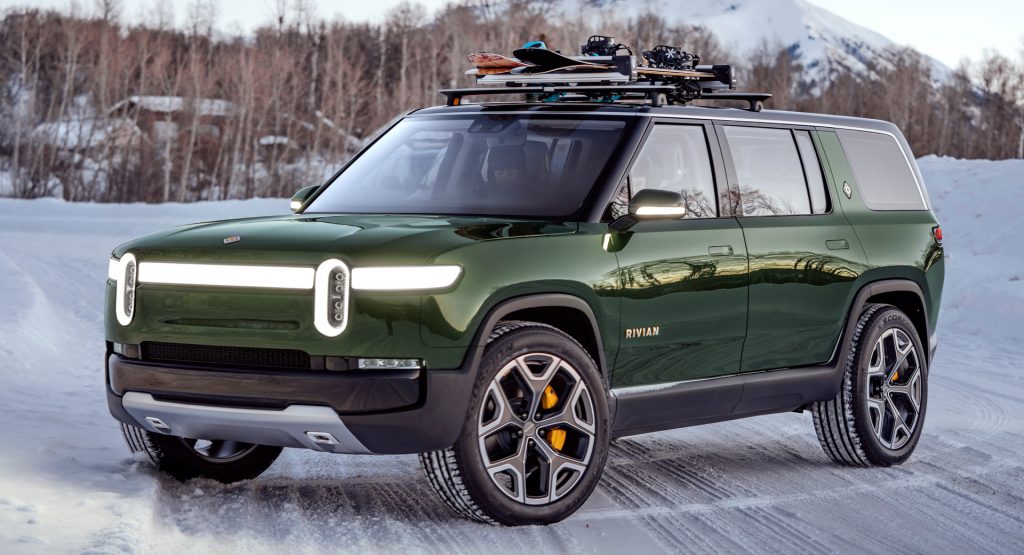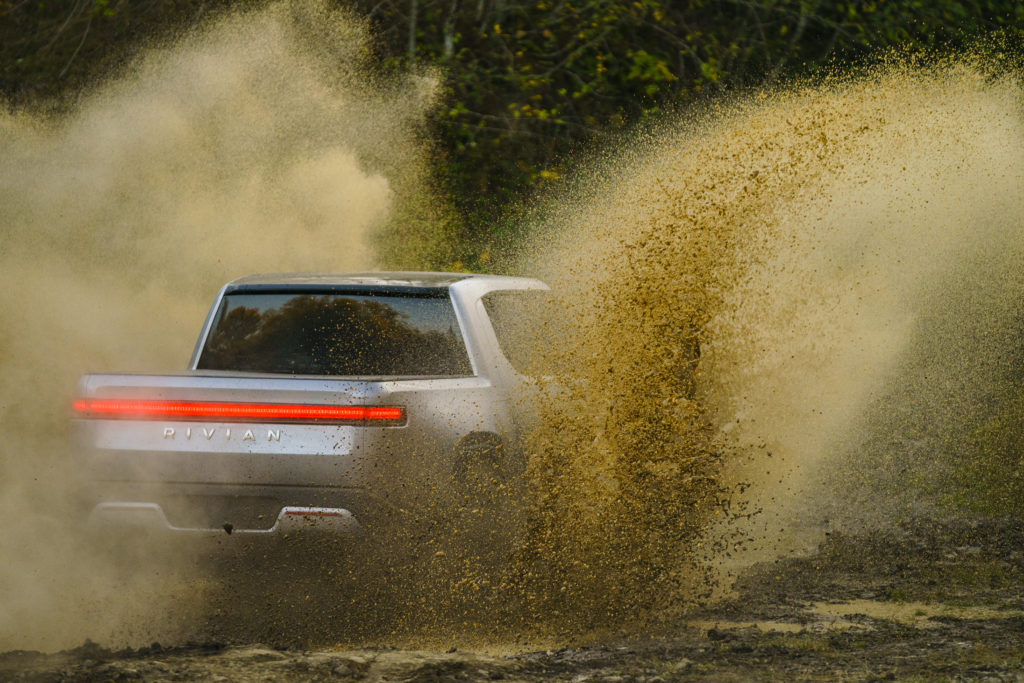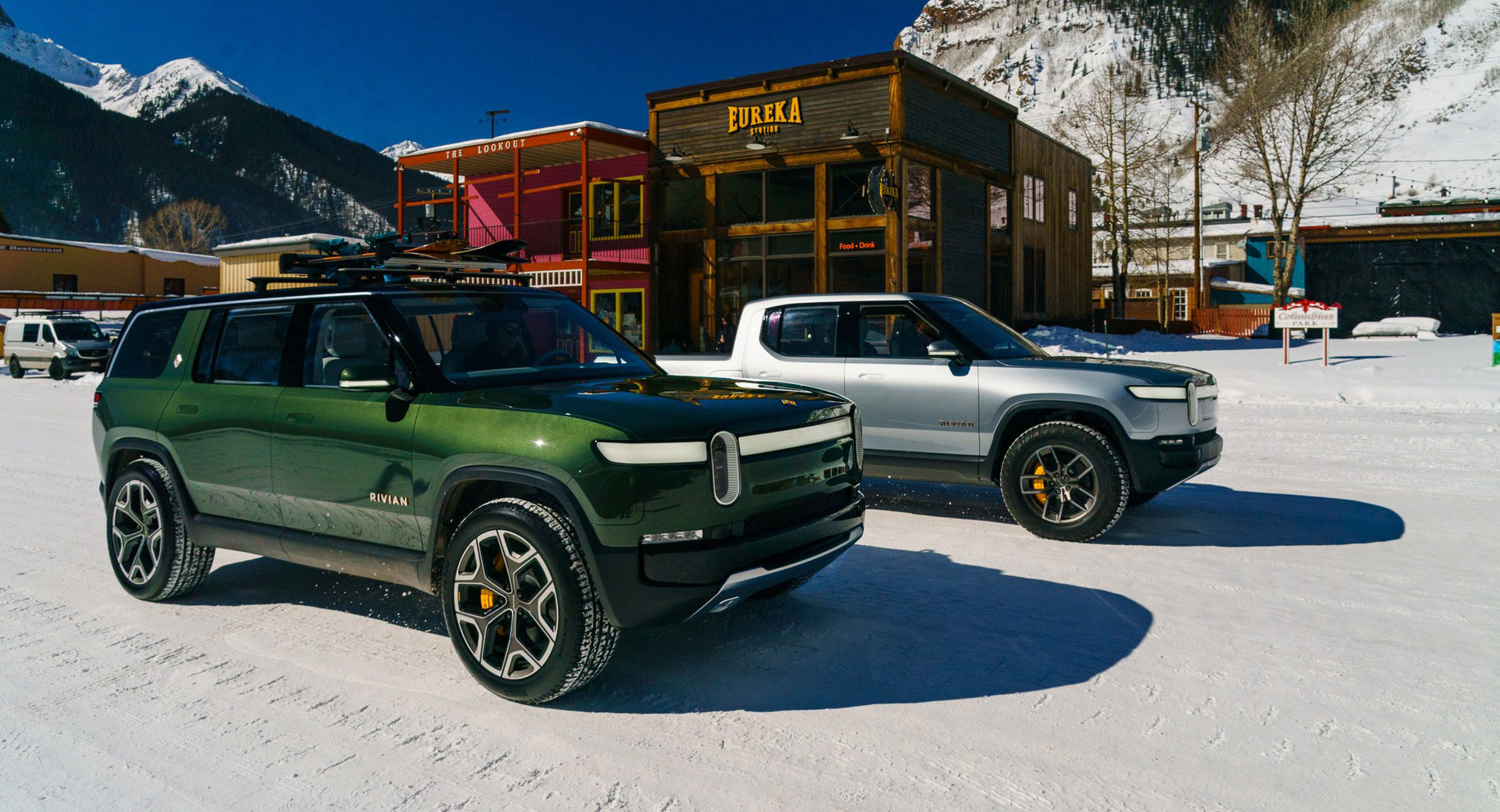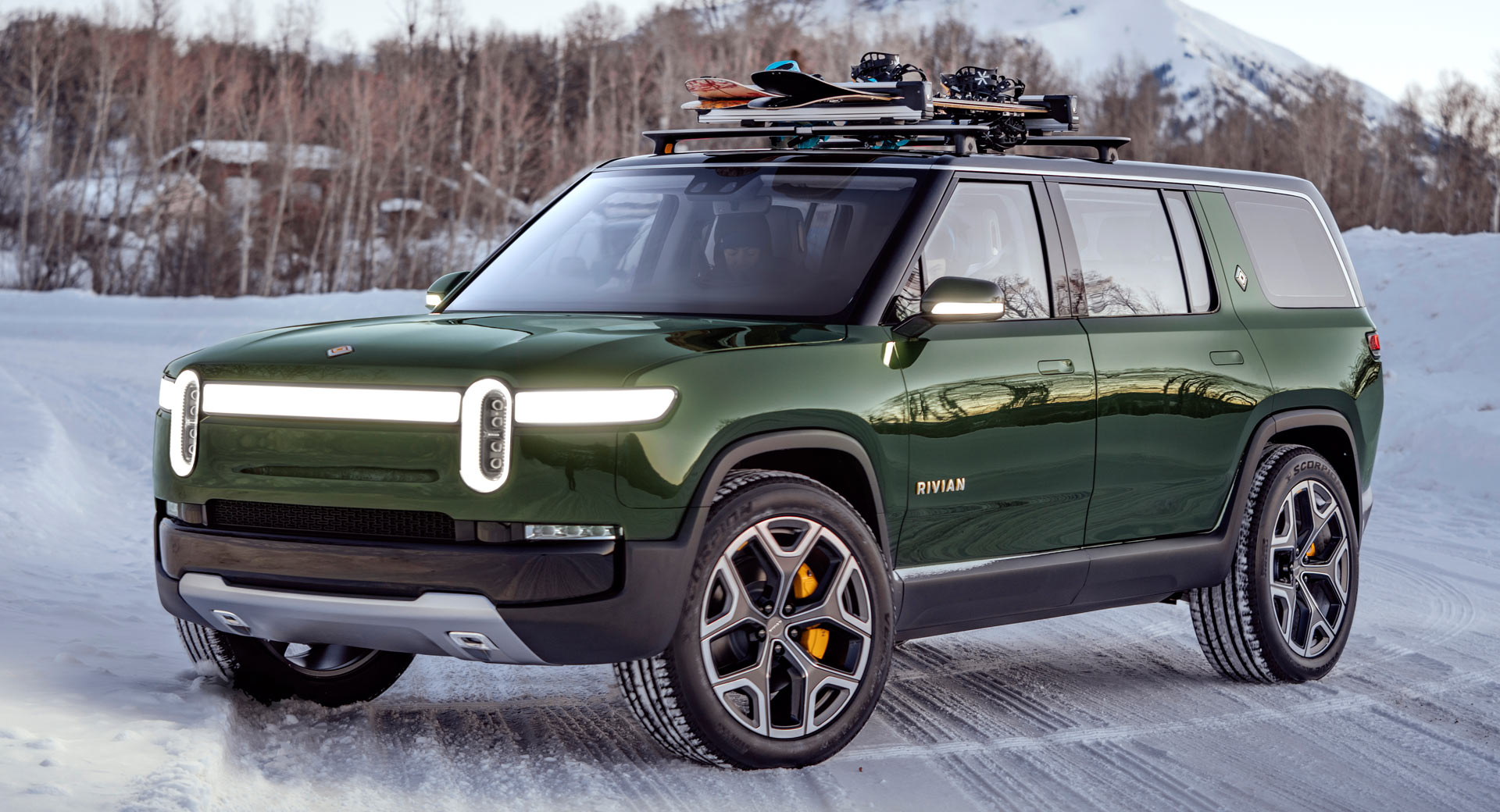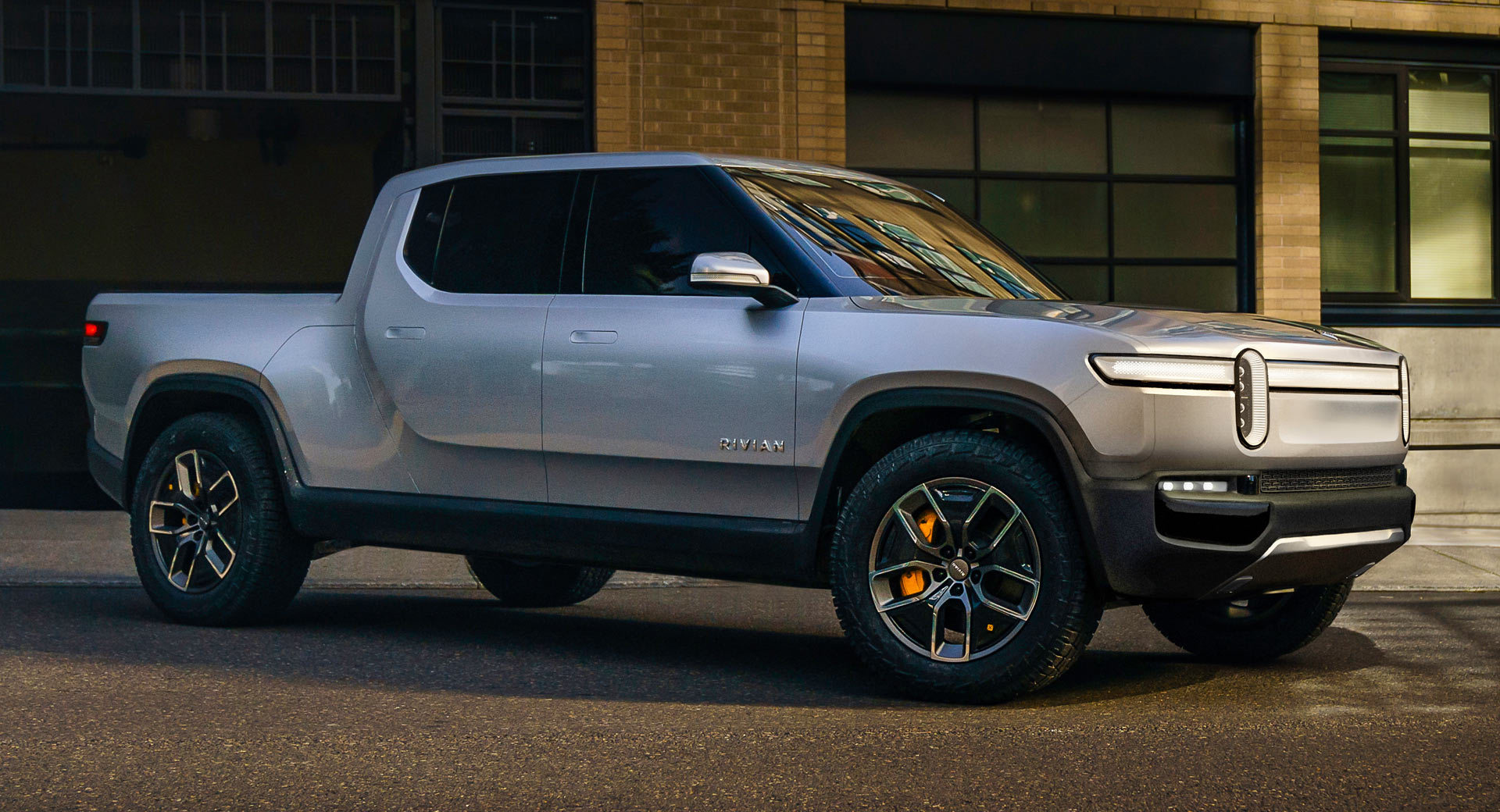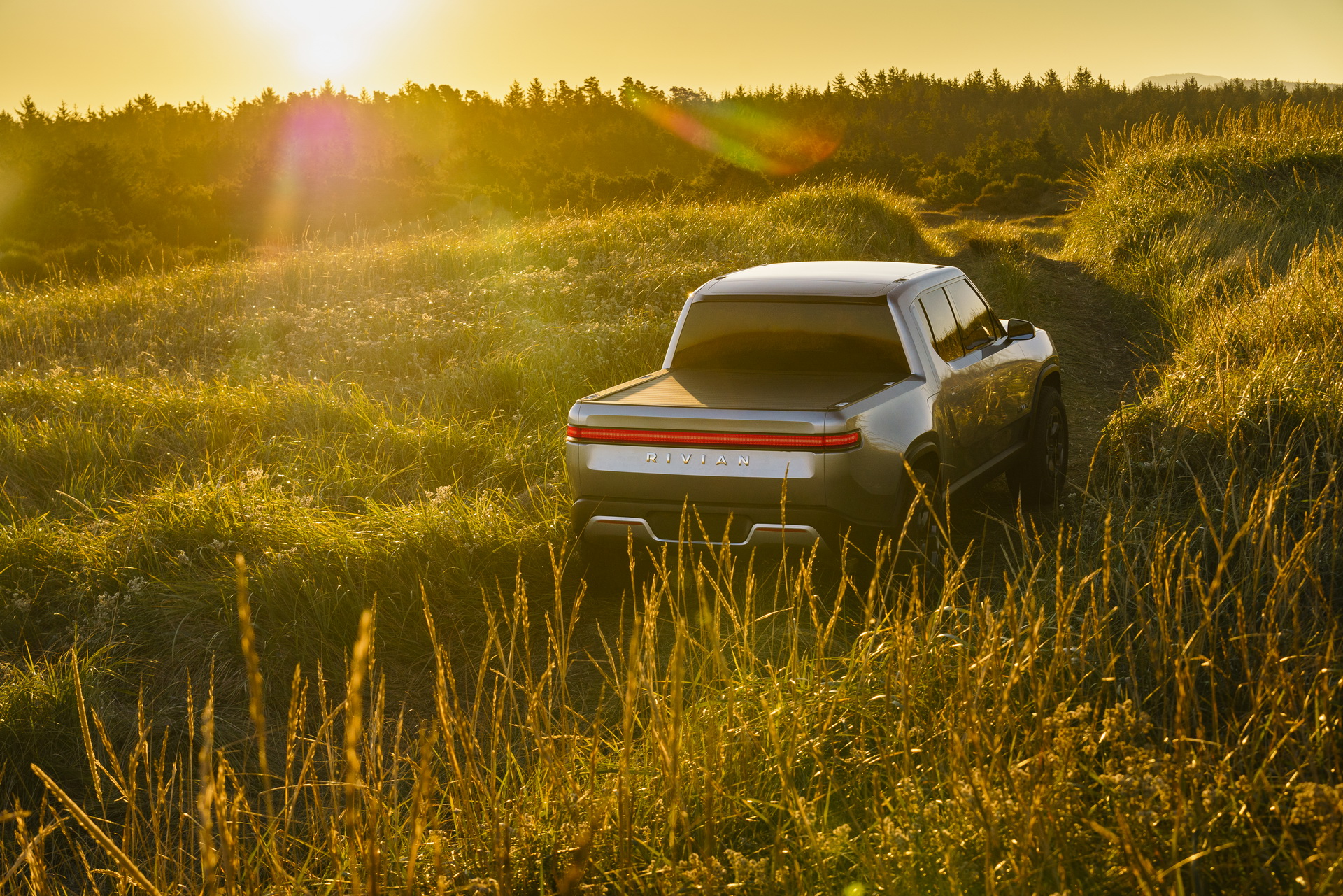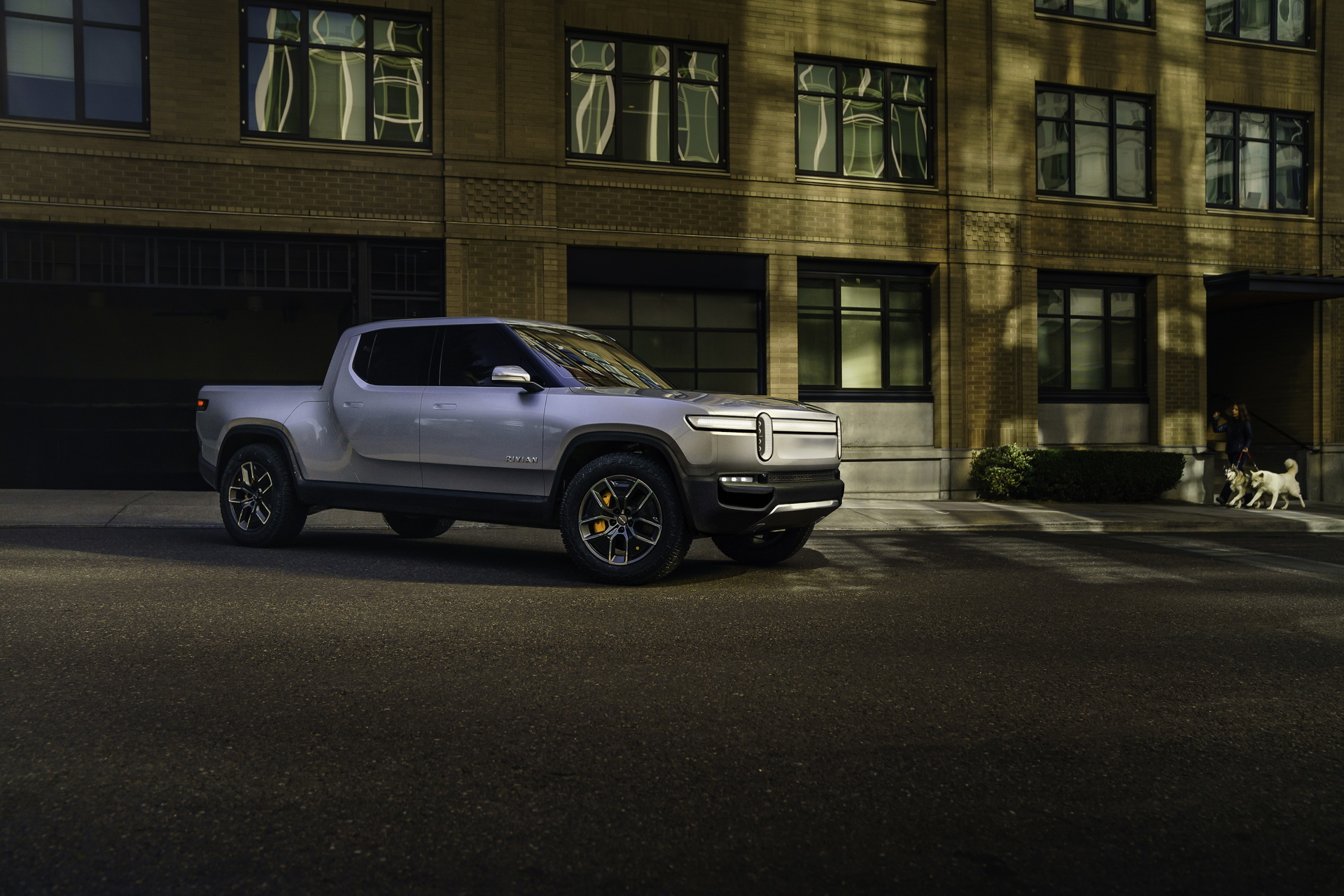Rivian chief executive R.J Scaringe has revealed a number of interesting things about the company and its vehicles during a comprehensive interview with The Drive.
Rivian was founded a decade ago and, in 2011, first presented an electric sports car.
After that, the company went into ‘stealth mode’, shying away from public attention and quietly shifting focus away from a sports car to an SUV and pickup truck, presented at last year’s LA Auto Show as the R1S and R1T.
The two models are based around Rivian’s skateboard architecture and are being marketed towards adventurers. As a result, the company is looking at various ways to ensure the R1S and R1T can be used far away from charging stations.
“We’ve designed the vehicle so you can have auxiliary battery packs,” Scaringe said when asked about potentially installing charging stations in national parks across the U.S. “You can also charge Rivian-to-Rivian, which is a neat thing. You connect the two vehicles and then I could hand you some electrons. That takes us to the limit, and of course you can always find a corner of the world where it won’t work, just like you can’t find a gas station in Antarctica.”
Also Read: Rivian Introduces A Camper Version Of Its Electric R1T Pickup
One of the biggest concerns from consumers about electric vehicles is charging times. The time it takes to top up an electric vehicle is coming down, especially with 800-volt technology as featured in the Porsche Taycan. Rivian says buyers will be able to add 200 miles (321) km of range to its vehicles in 30 minutes and believes charging any faster with current technology will eventually degrade battery cells.
“Could we go faster? Yes. Do we start to really degrade the cell? Yes. In the next five years, you’ll see a lot of demonstrations where things are charged in 15 minutes, but if you do that 30 times, the battery is shot,” he said.
Rivian has secured more than $1 billion in investments from the likes of Ford and Amazon and intends on launching both the R1S and R1T by the end of 2020.



